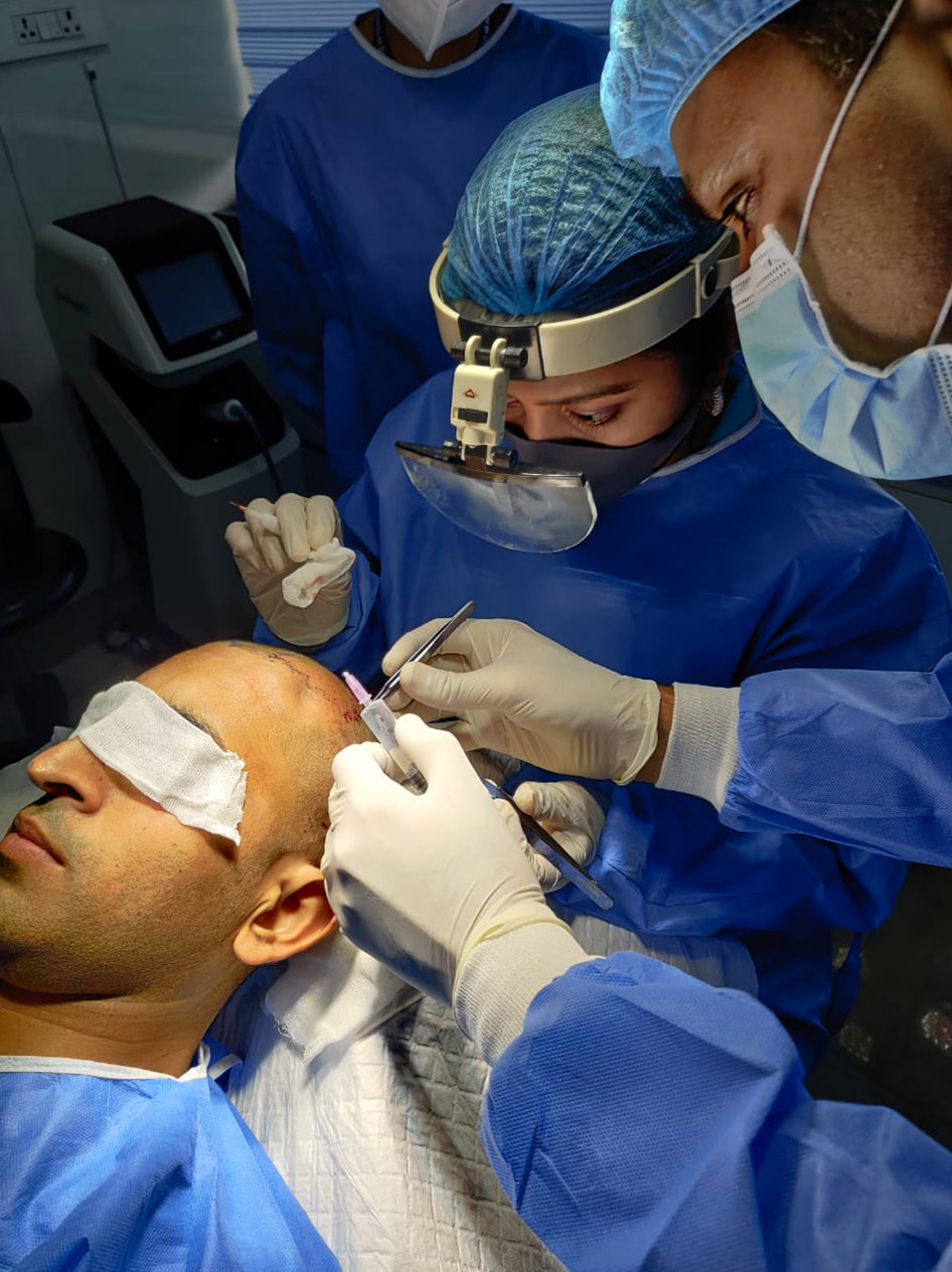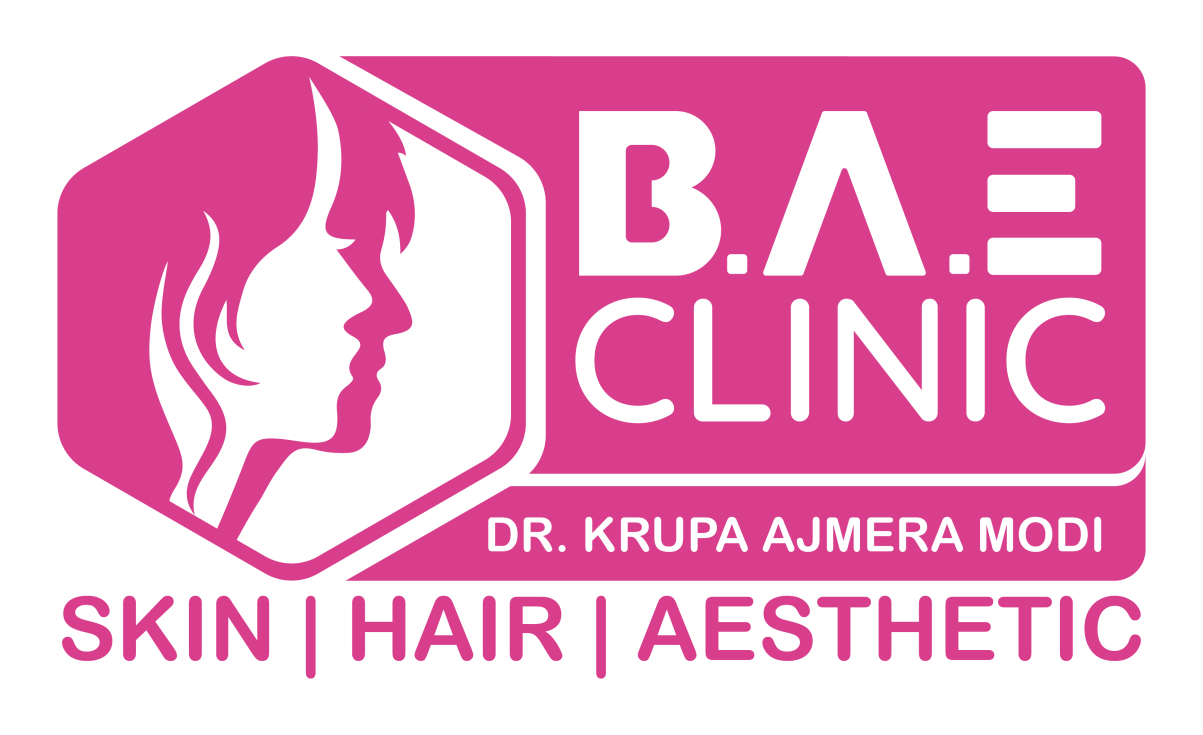
Melasma Treatment
Melasma is a common acquired skin disorder that presents as a bilateral, blotchy, brownish facial pigmentation.
Types
-
Epidermal:
Epidermal melasma has a dark brown color, a well-defined border, appears obvious under black light and sometimes responds well to treatment.
-
Dermal:
Dermal melasma has a light brown or bluish color, a blurry border, appears no differently under black light and doesn’t respond well to treatment.
-
Mixed melasma:
Mixed melasma, which is the most common of the three, has both bluish and brown patches, shows a mixed pattern under black light and shows some response to treatment.
Recommended For
Melasma is a common disorder found in many people across the world. People with facial skin covered with brown pigments and patches can consult a dermatologist for its treatment.
Not Recommended For
Appearance of patches on the skin, if caused due to other reasons, like allergy, needs to be treated differently. Those patients are not eligible for the treatment of melasma. Also, if the pigments disappear on its own, medical assistance is not required.
Treatments

Topical Therapy
The most successful formulation has been a combination of hydroquinone, tretinoin, and moderate potency topical steroid (skin lightening cream) reported to clear or improve 60–80%.

Oral Treatment
Tranexamic acid blocks the conversion of plasminogen to plasmin, with downstream effects inhibiting the synthesis of prostaglandin and other factors involved in melasma.

Procedural Techniques
- Chemical peels and lasers can be used with caution, but carry a risk of worsening melasma or causing post-inflammatory hyperpigmentation. Patients should be pretreated with a tyrosinase-inhibitor, such as hydroquinone.
- Superficial epidermal pigment can be peeled off using alpha-hydroxy acids (AHA), such as glycolic acid, or beta-hydroxy acids (BHA), such as salicylic acid.
- Microneedling, intense pulsed light (IPL), and lasers including Q-switched Nd:YAG, ablative and non-ablative fractionated and picosecond lasers carry a high risk for relapse and the disease becoming more resistant to treatment, so require expert use.
Frequently Asked Questions
Are there any side effects?
Possible side effects of melasma treatments include temporary skin irritation. This may happen because of the individual skin type. However, this fades away as the skin adjusts to the medicines. People who use hydroquinone treatment in very high concentrations for prolonged periods are likely to develop a side effect called exogenous ochronosis. In this condition, the skin actually darkens instead of lightening the skin while the bleaching agent is used.
Where does it most frequently appear on the body?
It most frequently appears on the face.
